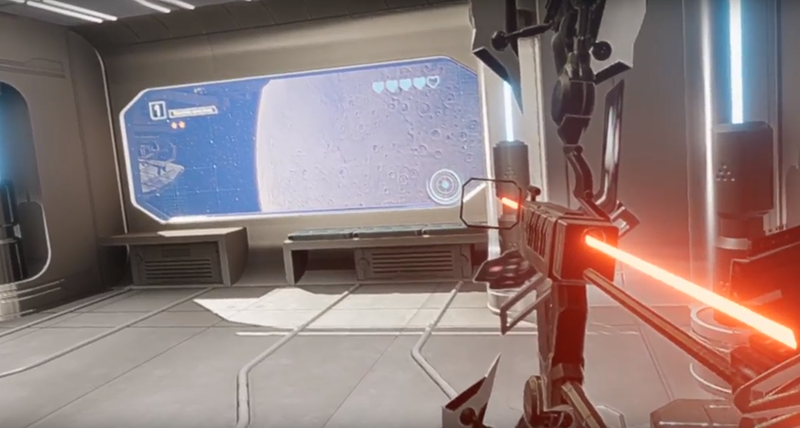Upper body amputees that receive powered prosthetic arms and hands require a lot of practice to get used to their new prostheses. These devices are not exactly user friendly, so peg boards and other rehab gadgets are used. This kind of rehab can get pretty monotonous and, because the prostheses are often heavy and physically exhausting.
Related Accenture Develops Virtual Reality Gaming Tool To Help People with Amputations
Russian company Motorica’s European affiliate Attilan is advancing the process of getting used to a prosthesis into the virtual world, and in the process making it easier and more fun. The company has developed a multiplayer VR/IoT Rehabilitation Platform with a lot of additional features and capabilities.
This platform with integrated AI assistant and IoT connection allows patients and doctors to control the rehabilitation process.
The platform provides permanent feedback to the patient’s actions. Through real-time control and timely response to the changes in the patient activity it gives a strong feedback on the quality of his movements and general success in task completion.
The device is easy to install and uses, however the team gladly provide any kind of support throughout all the stages of platform introduction (from the installation of VR-equipment to the development of the in-game rehabilitation scenario for your devices).
Attilan is developing games like firing a laser bow and arrow while walking through hallways. The games are intended to improve hand-eye coordination and other neuro-motor skills of the patients, reports MedGadget.
The latest prototype was just presented at the Russian-British Business Forum (RBBF) in London.

ATTILAN VR can help patients, Clinics and Rehabilitation device developers in numerous ways, such as:
For Patients
Personalization of rehabilitation techniques
Increase access to hi-tech rehabilitation procedures in remote regions and small villages
Collection of telemetry of physiological parameters, control of general health
Related Scientists Use Virtual Reality and Neural Stimulation to Help Amputees Use Their Prostheses
For Clinics and Rehab Centers
Increase the efficiency of the doctors’ working time
Effective control of the rehabilitation process and timely response to changes in patient activity
Individualization of rehabilitation techniques
Rehabilitation Devices Developers
Direct access to information about user activity and important product parameters
Plug&Play electronic module for connecting any third-party device to the platform
API for creating algorithms of collecting, classifying and analyzing received telemetry












